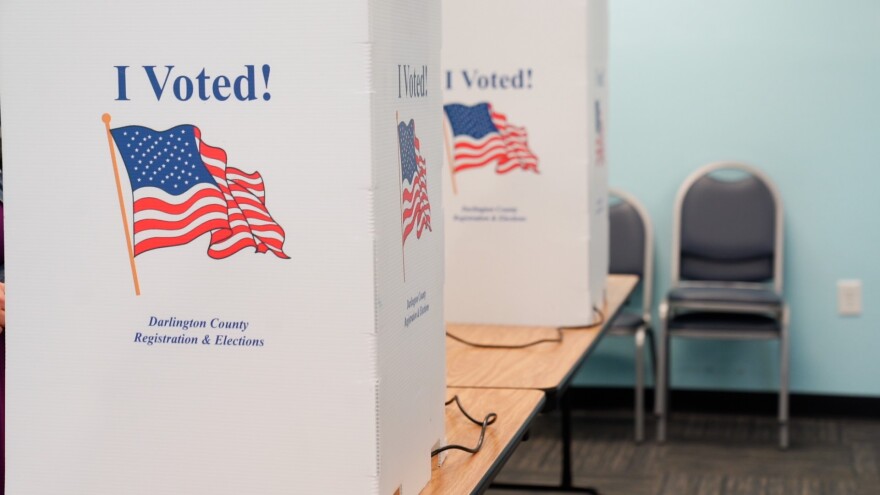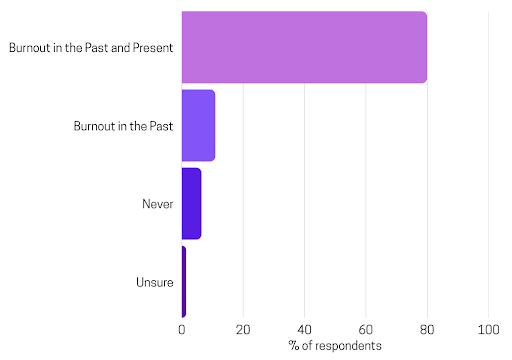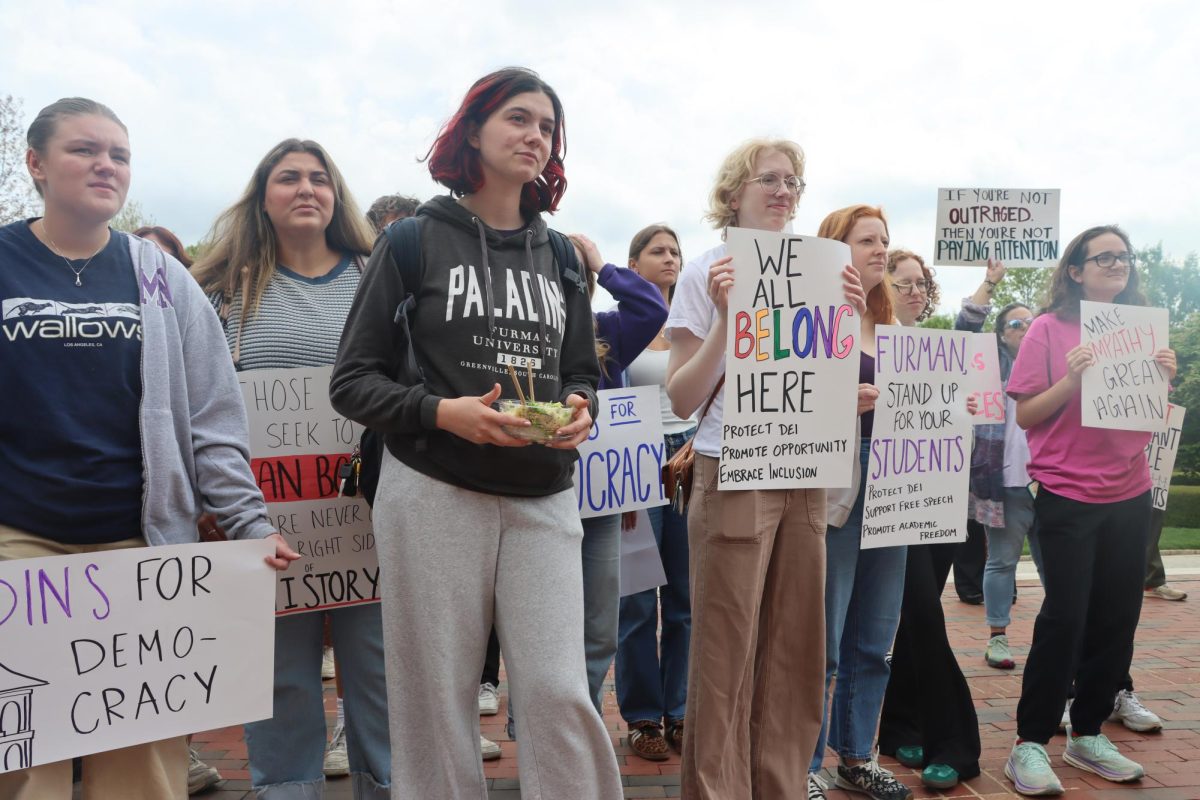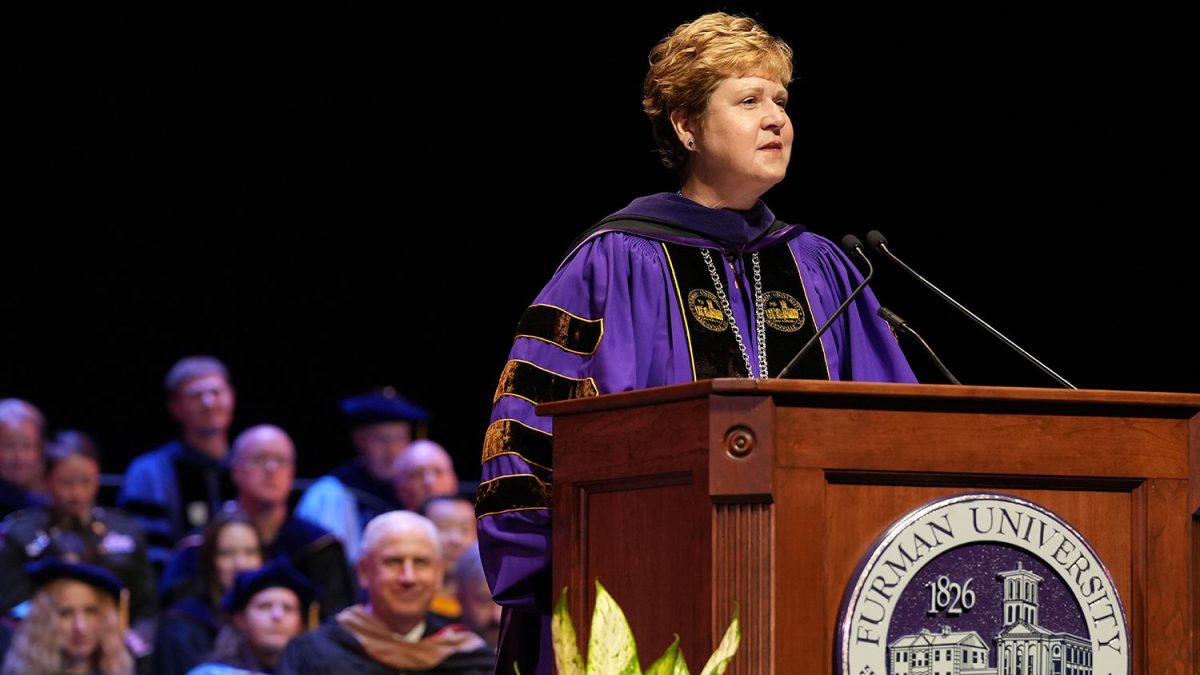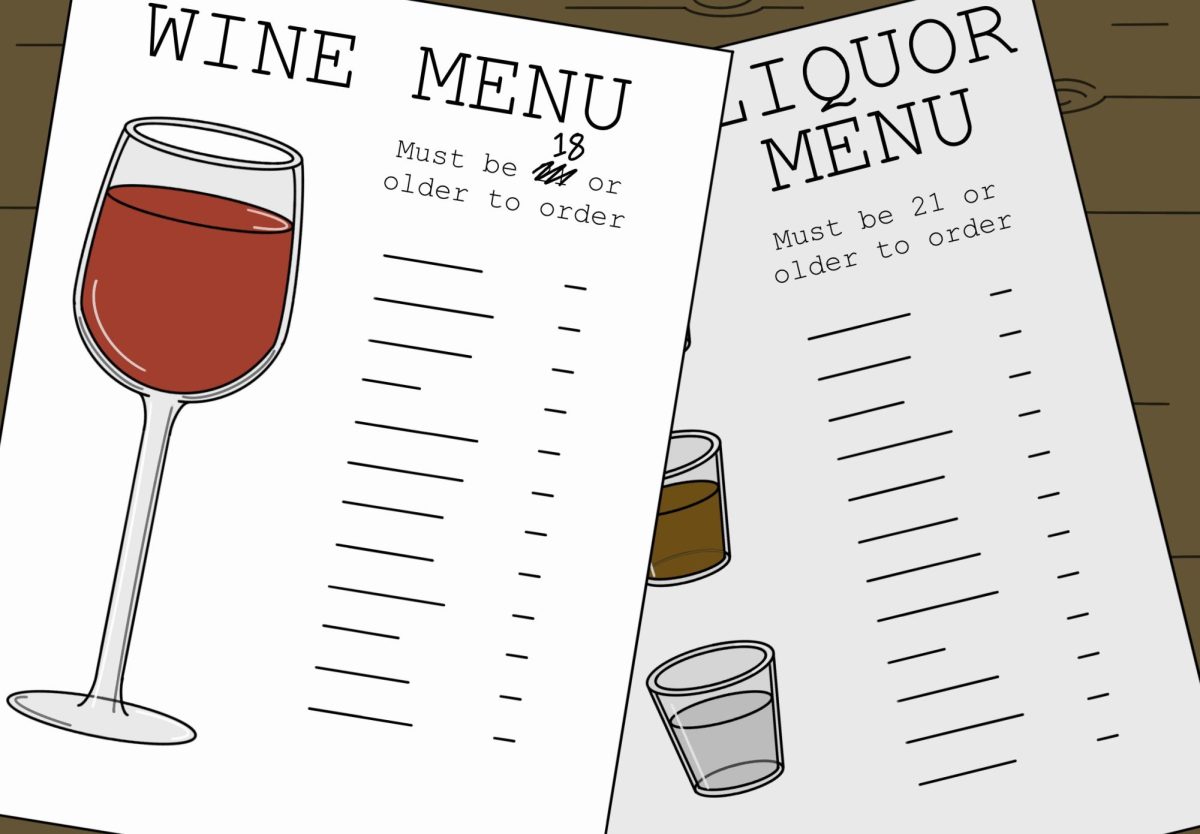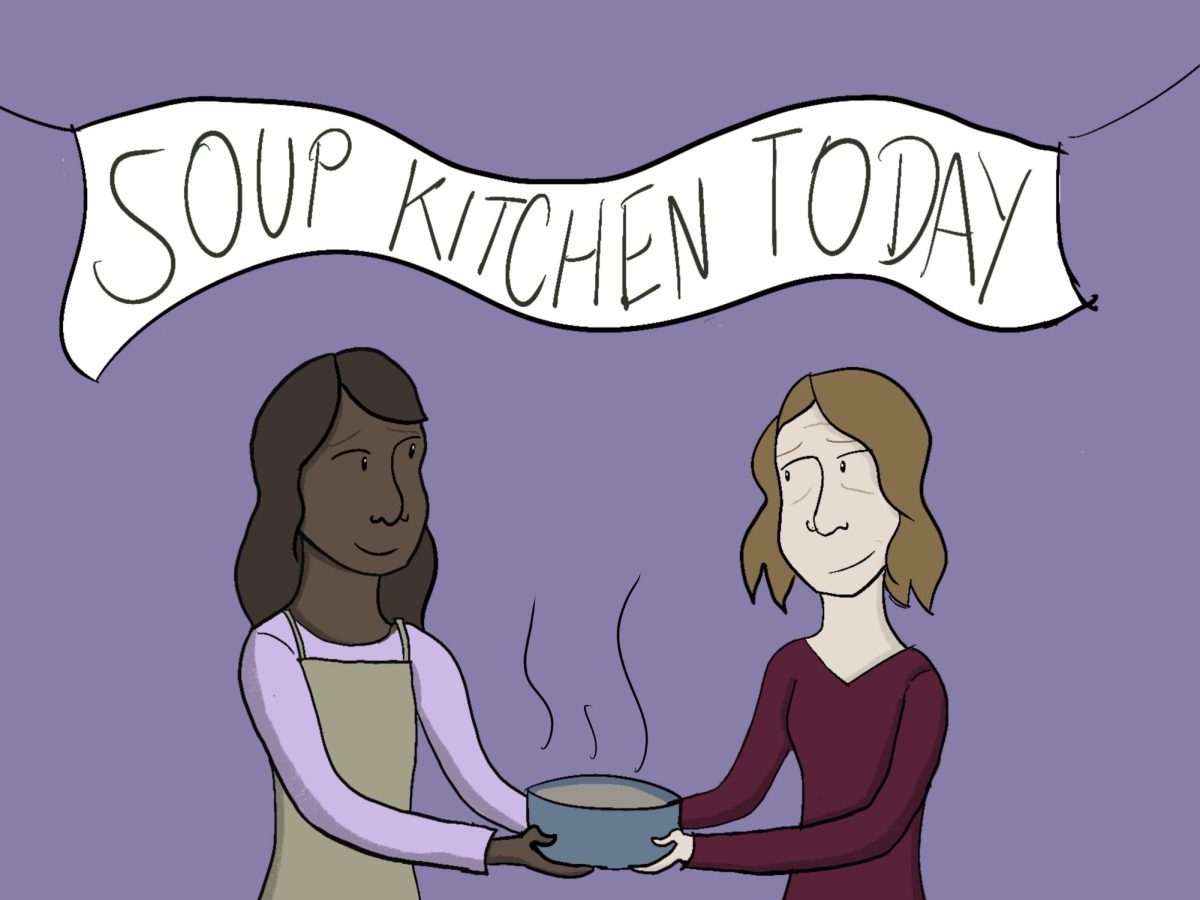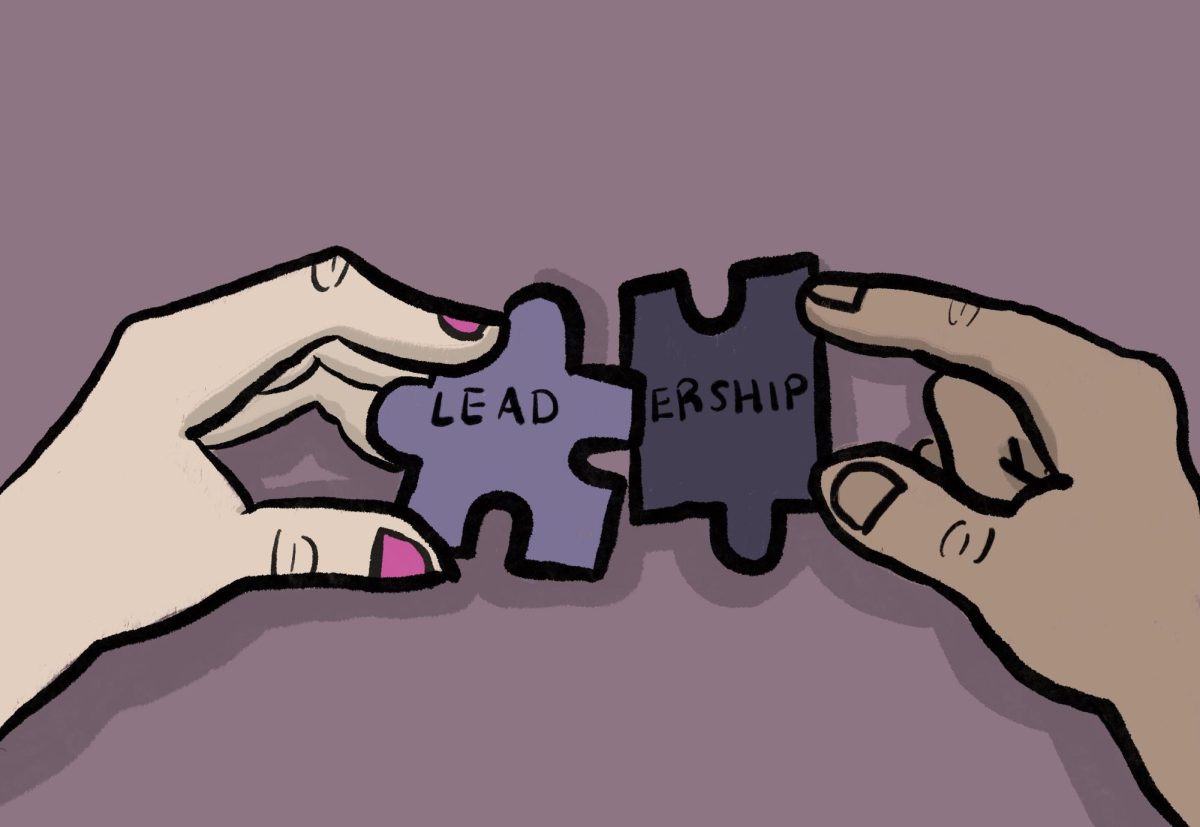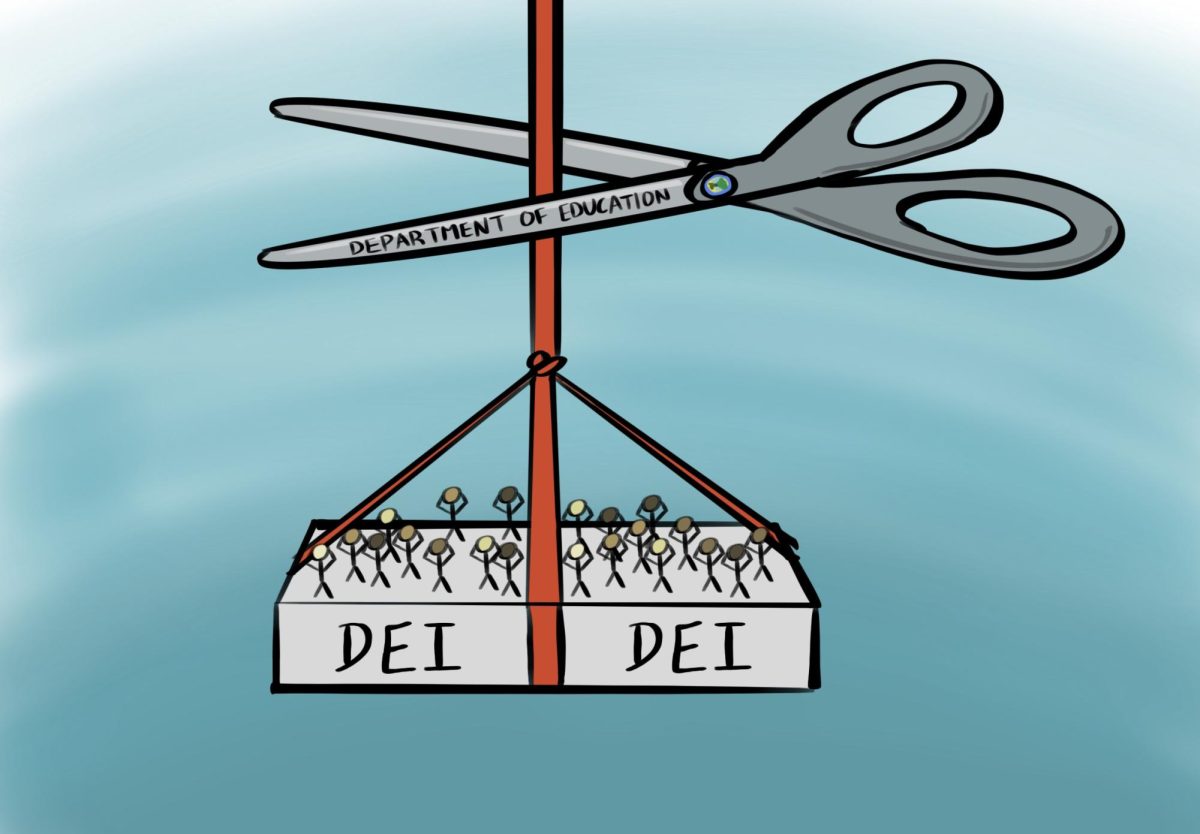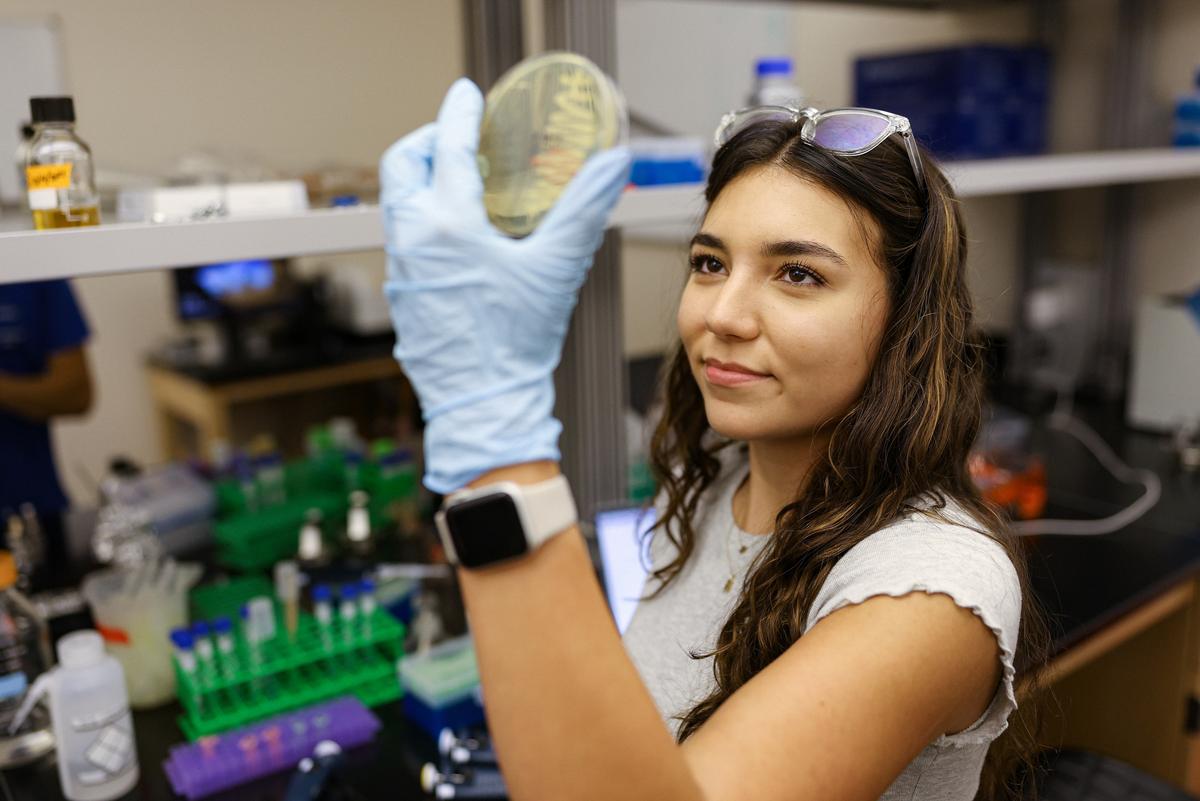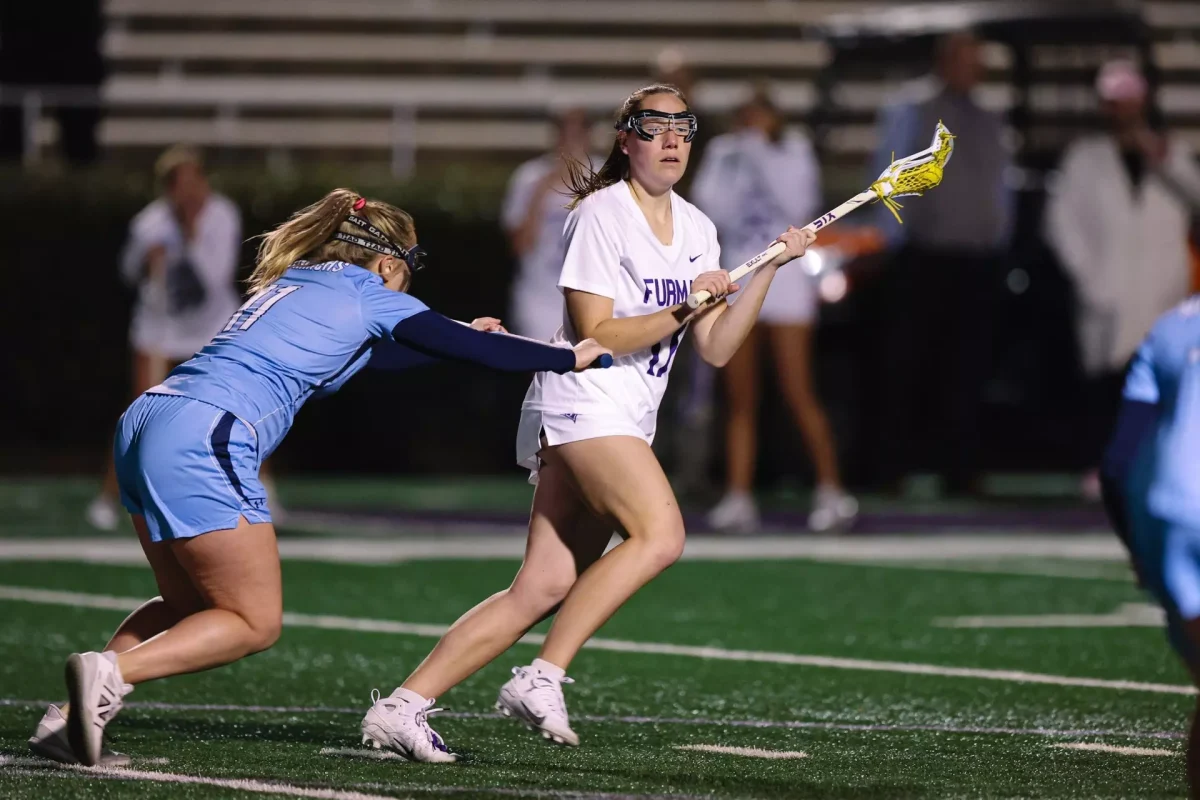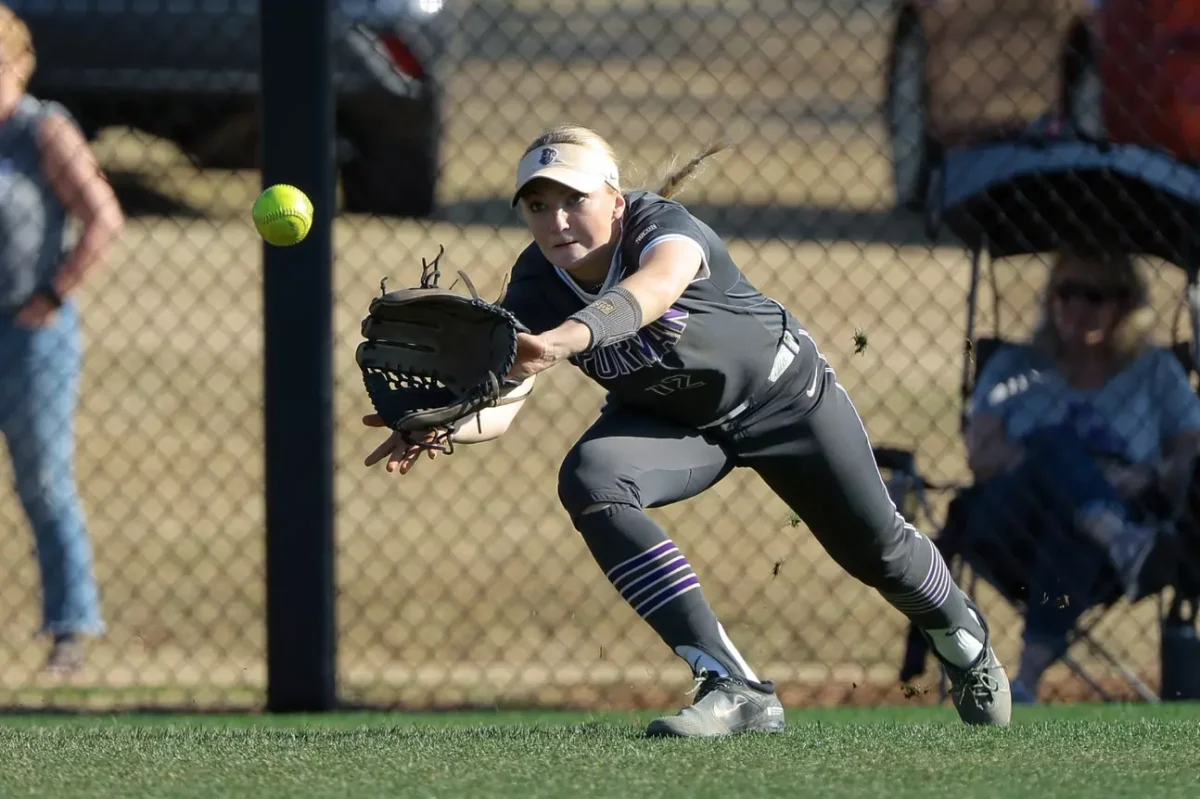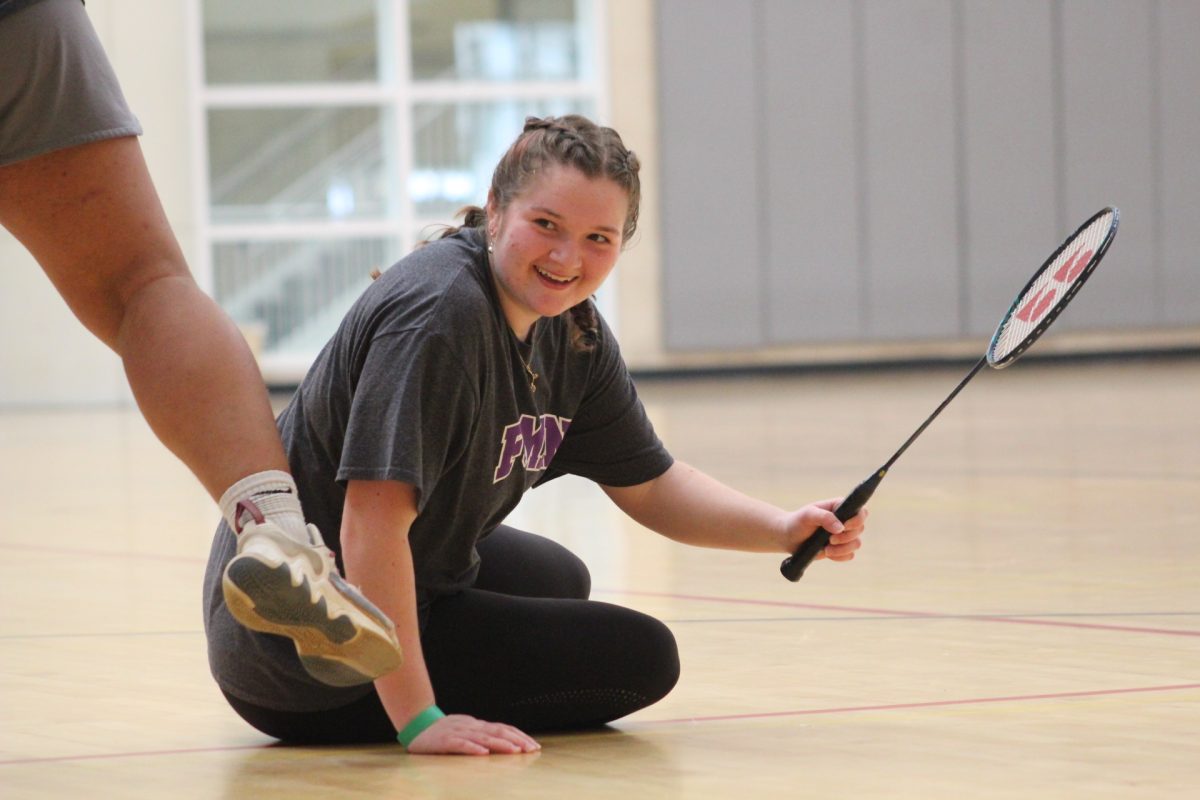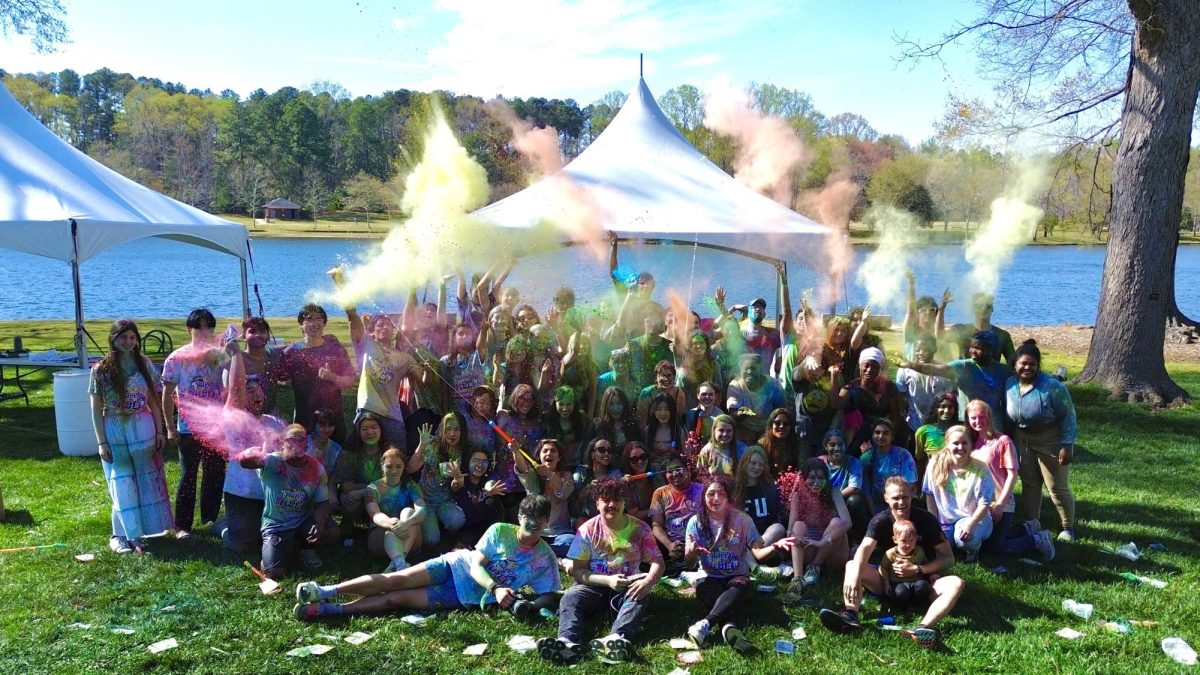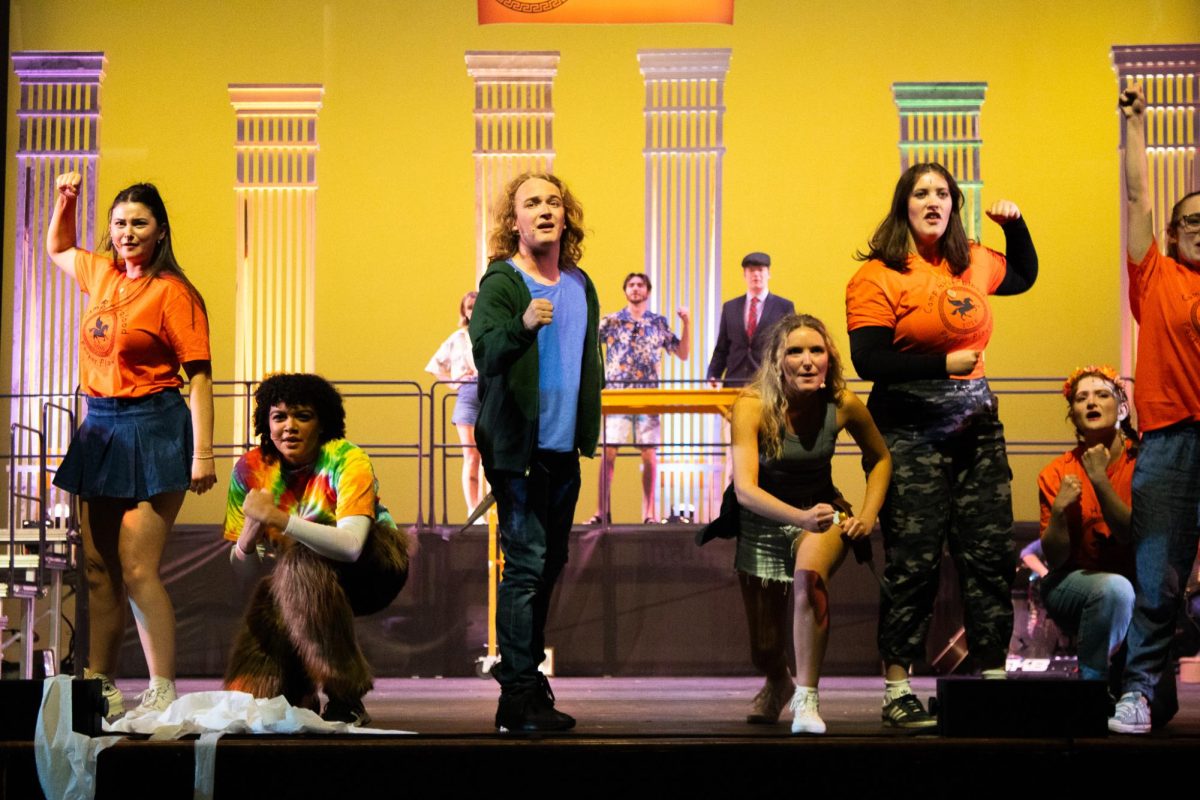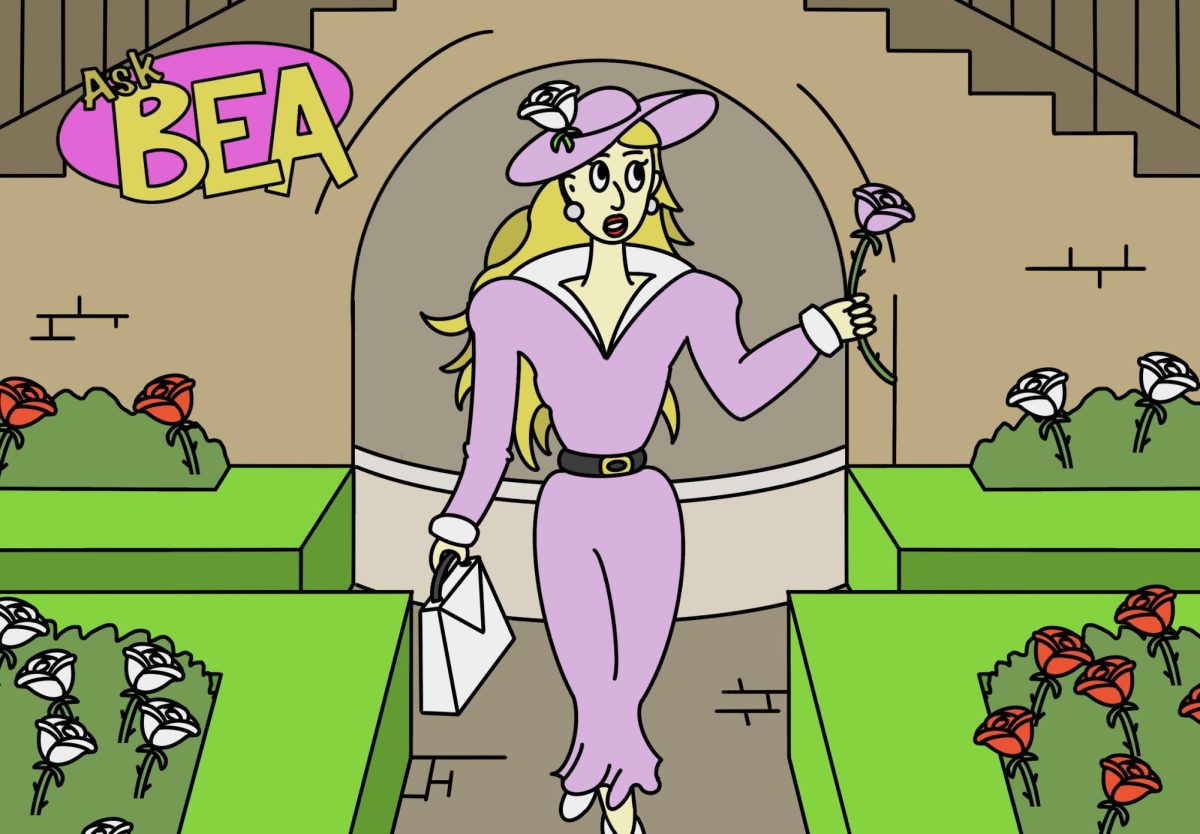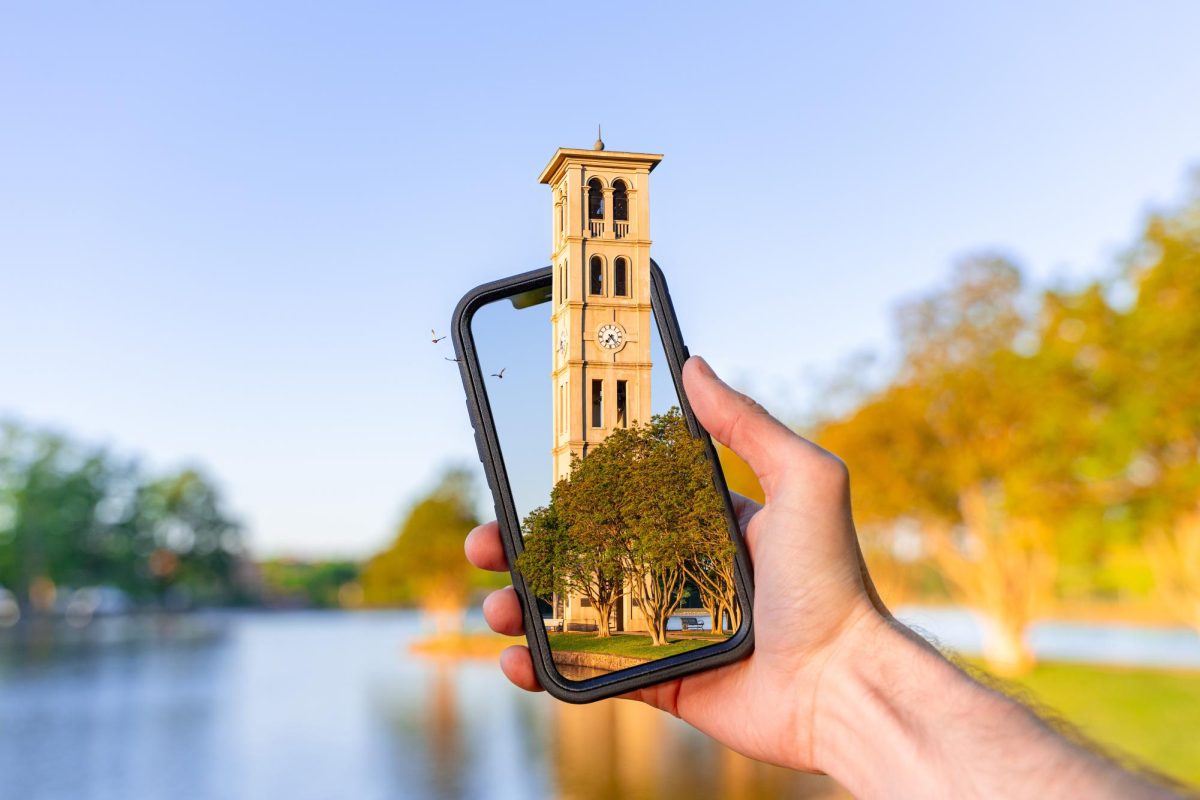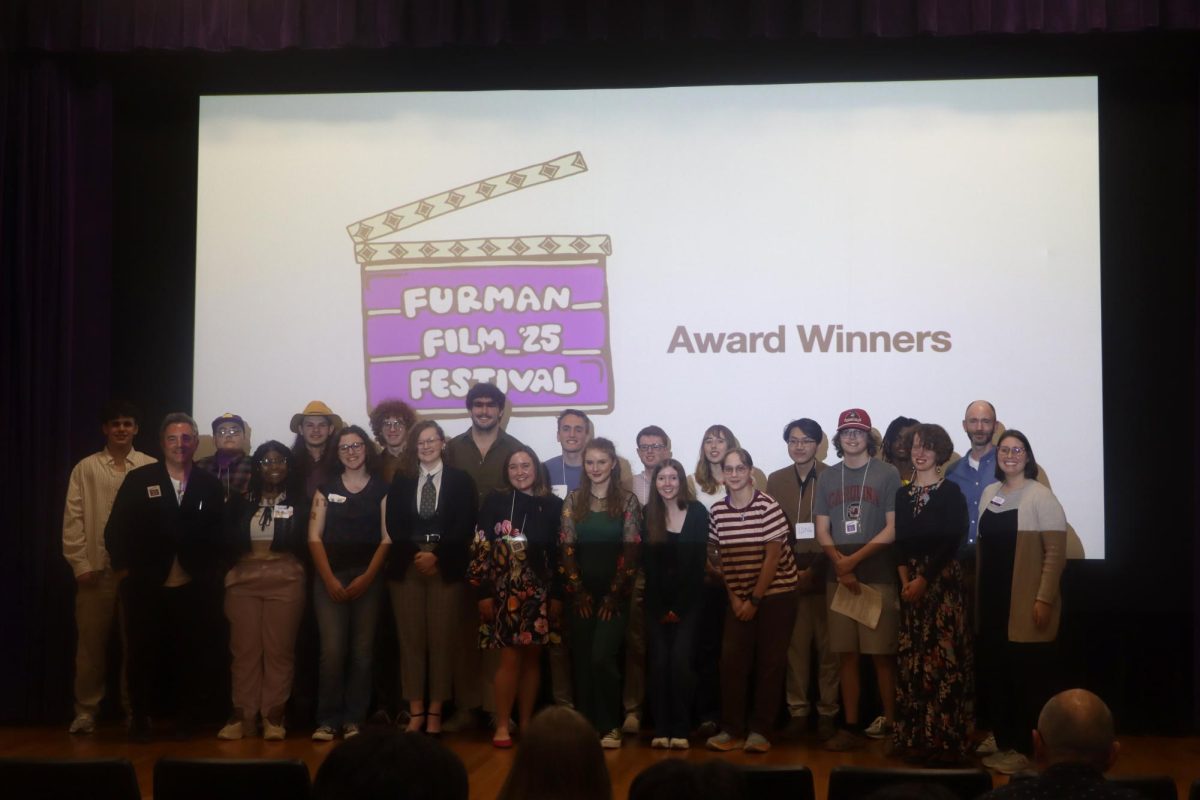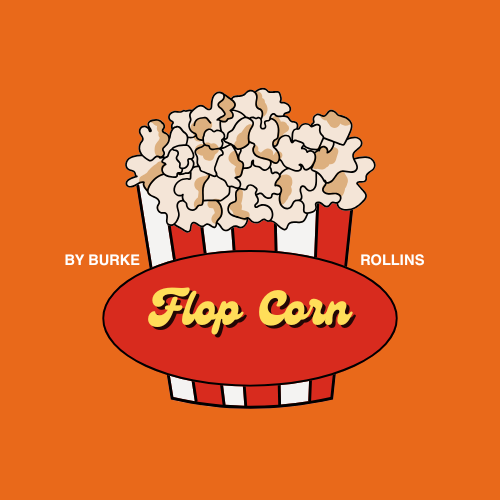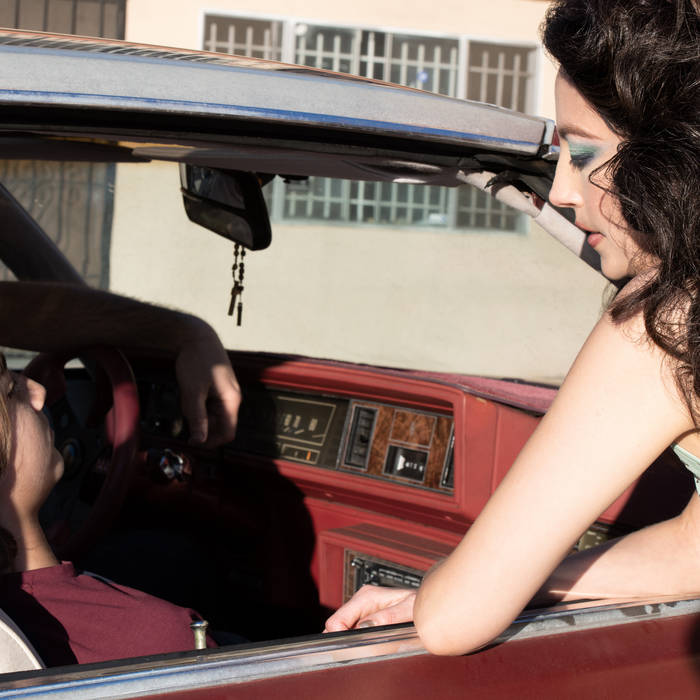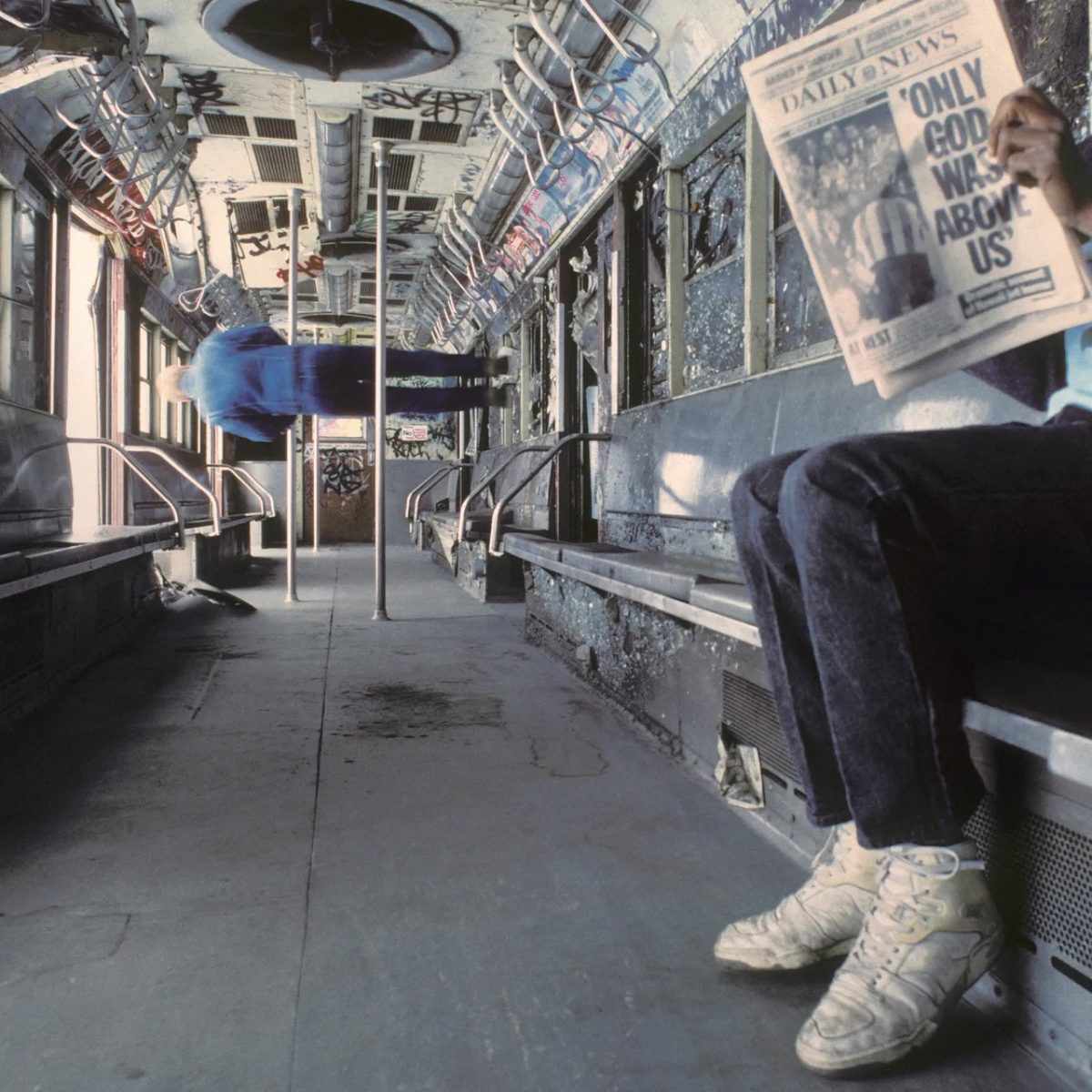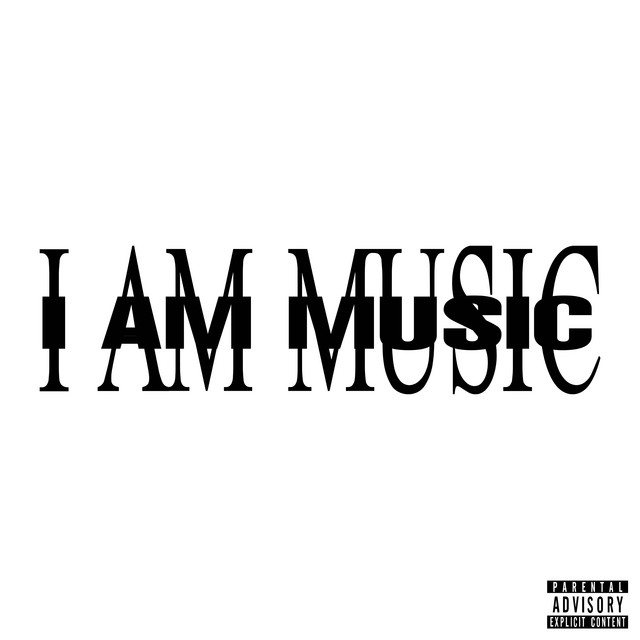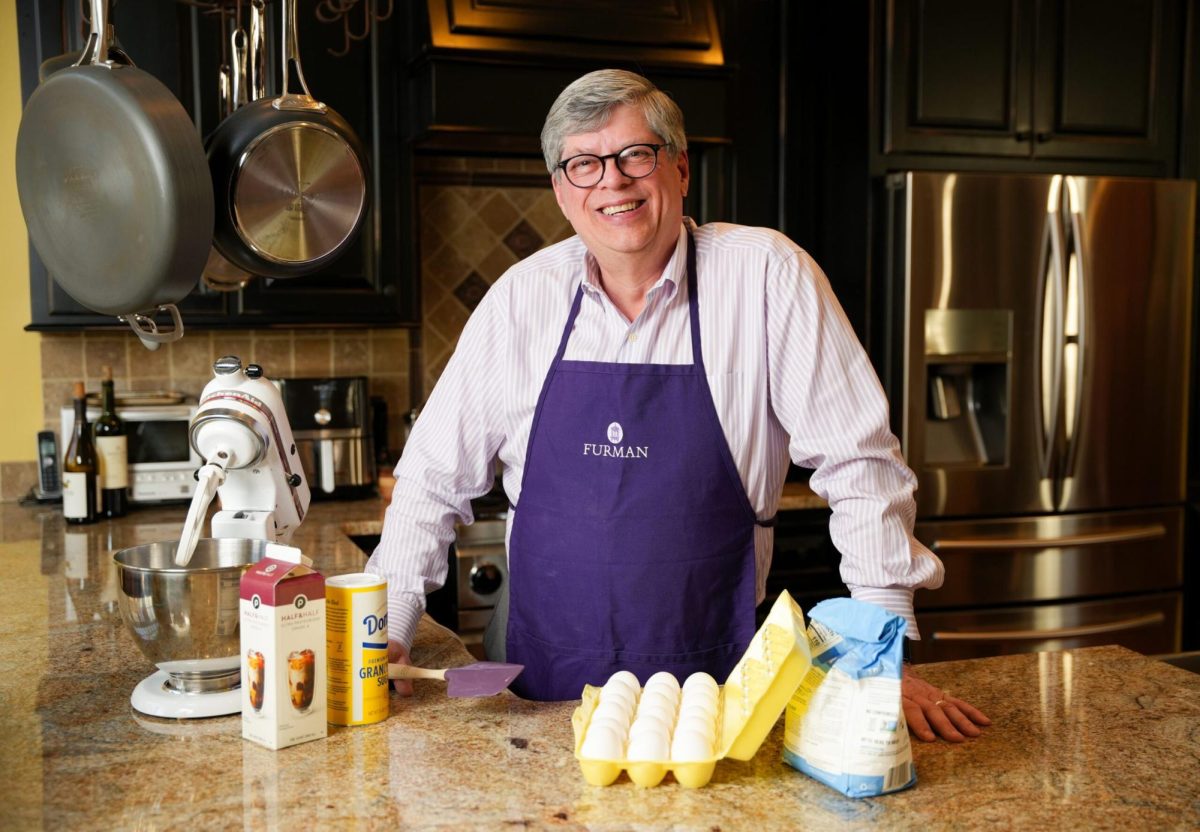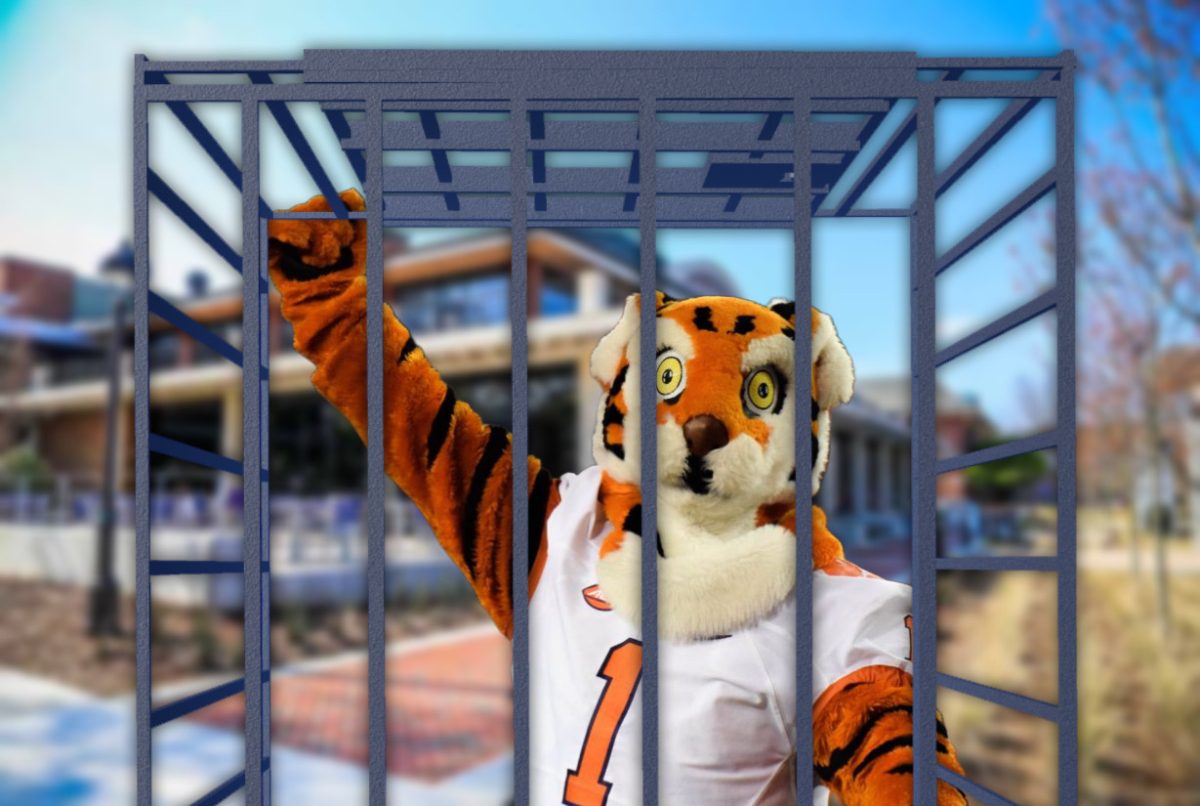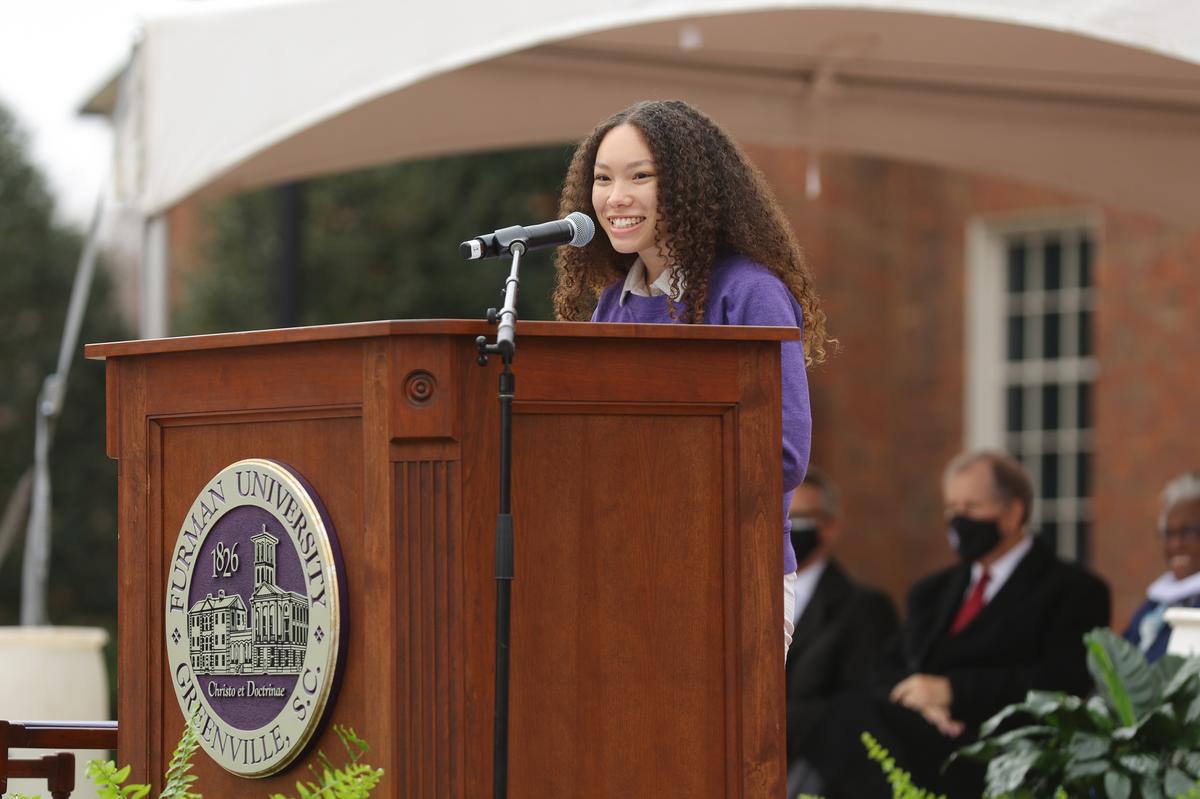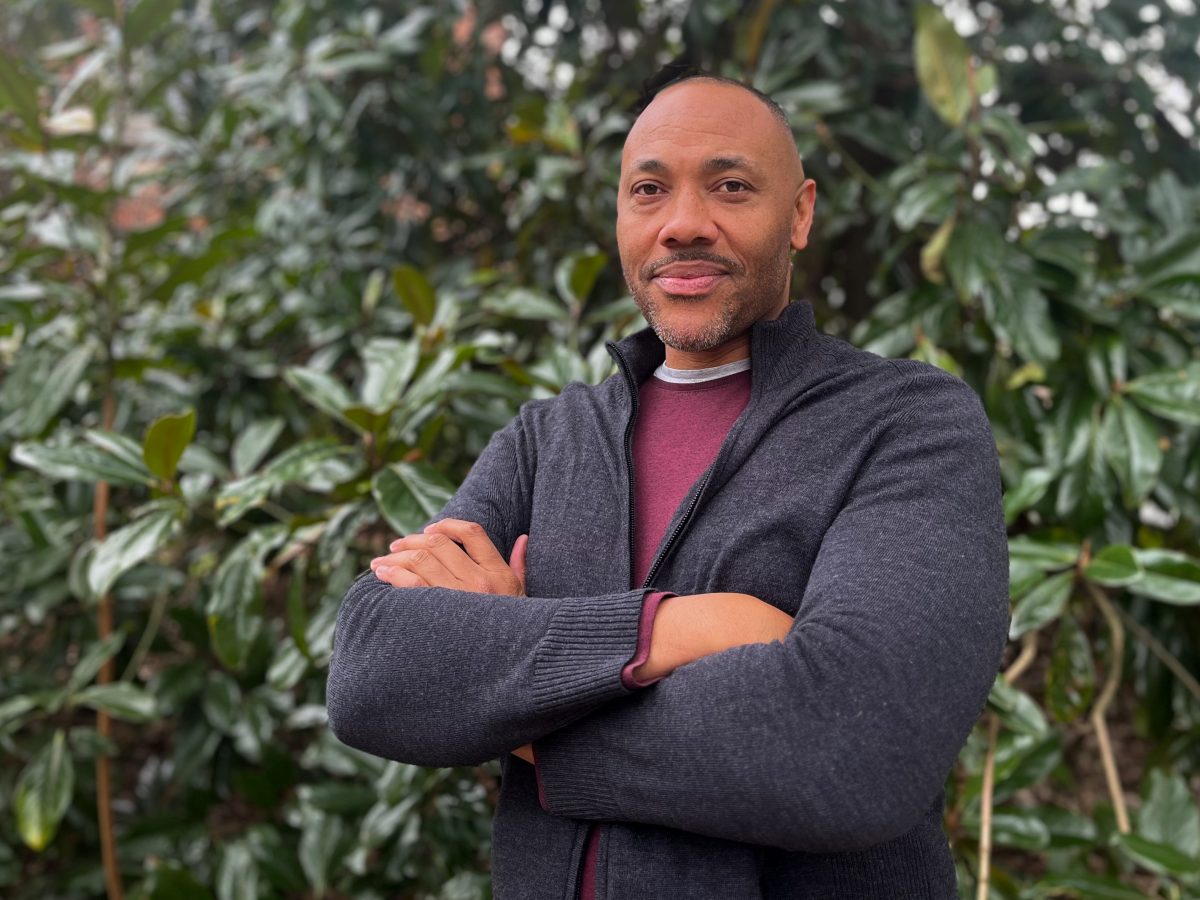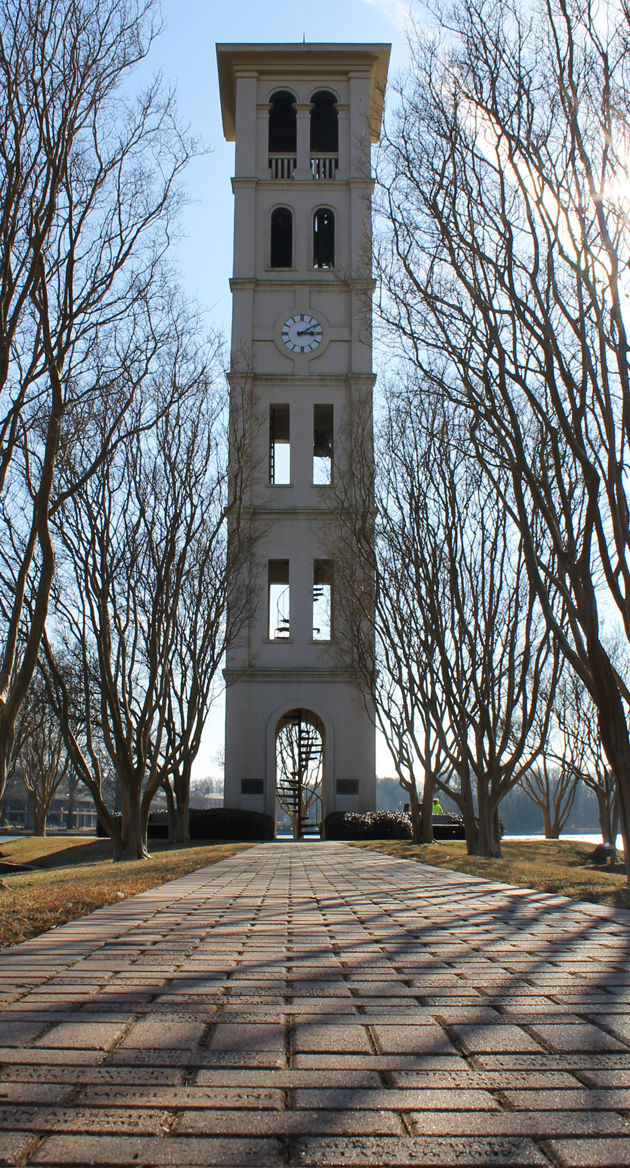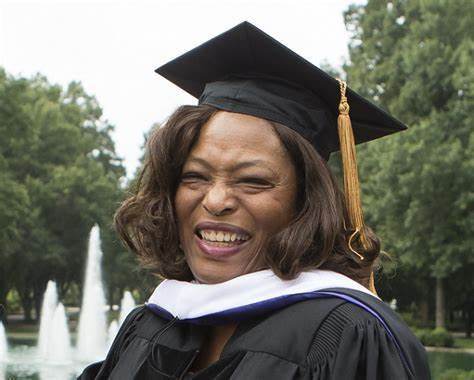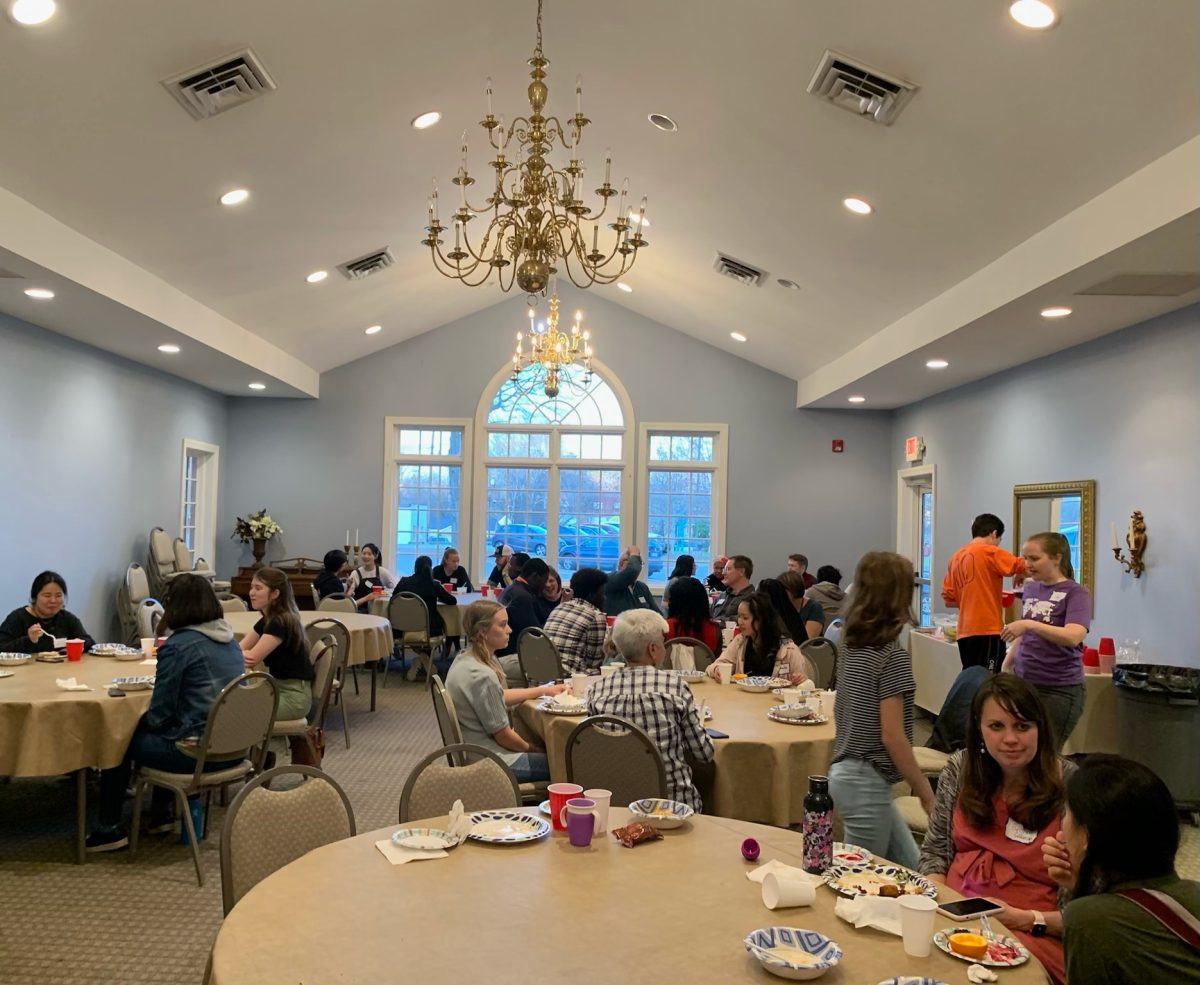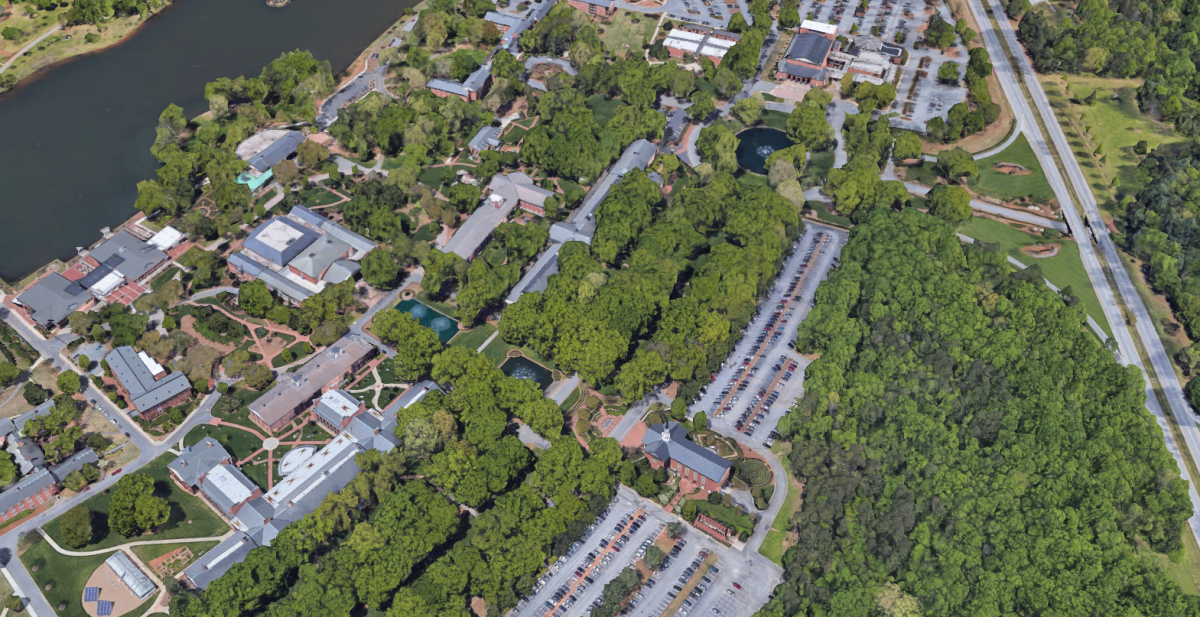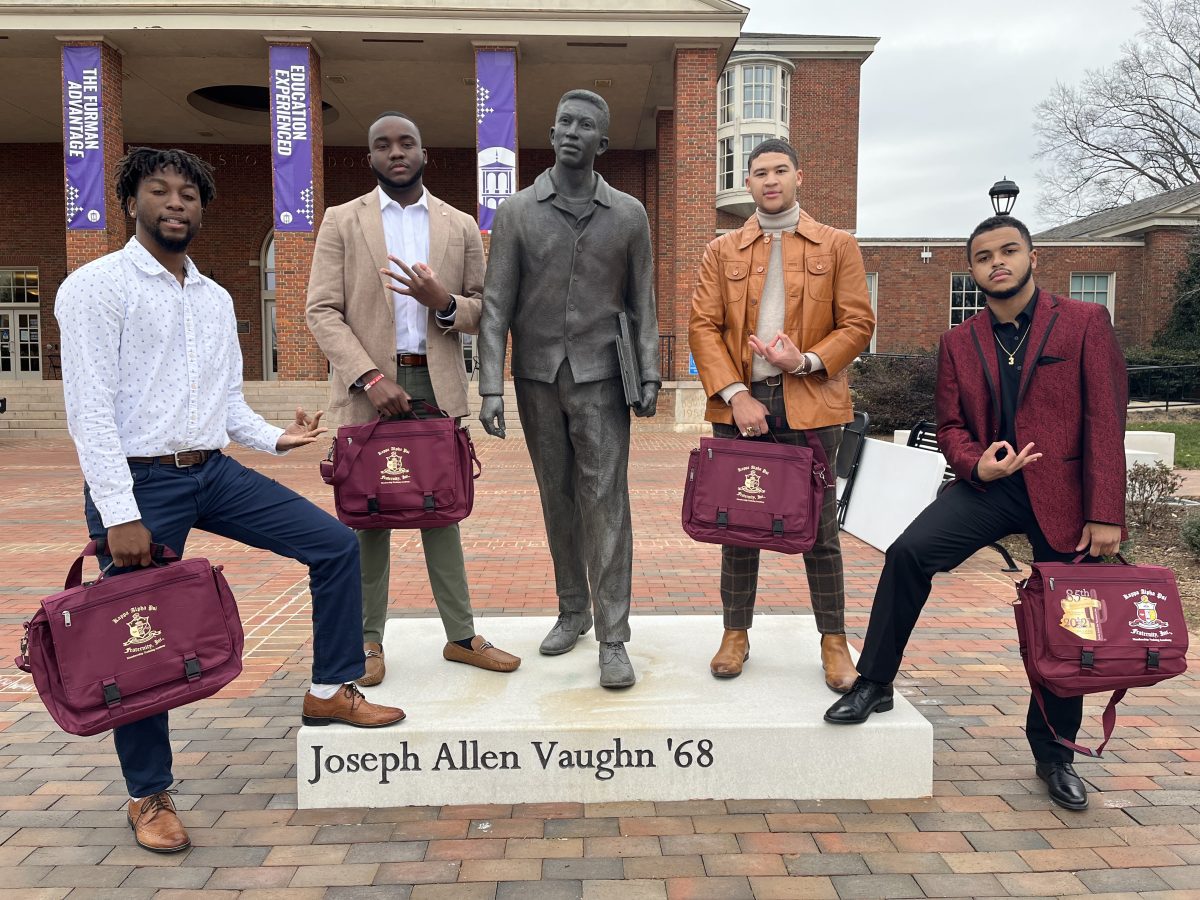On the gray afternoon of Jan. 28, the Furman Community gathered to honor the first Black student to attend Furman. This day was full of emotions, hope, and taught us about the courage of Joseph Vaughn.
The commemoration started in front of the Chapel where students and faculty formed a large crowd to listen to the several speeches given by Black students. After this strong moment, the assembly engaged in a symbolic walk toward the James B. Duke library, in remembrance of Vaughn’s first walk on campus as a Furman student.
It was in front of the library that the most memorable moments occurred. President Elizabeth Davis addressed a speech honoring the achievements of Vaughn. Next, Davis awarded Pearlie Harris M’83 with an honorary Doctorate in Humanities for Harris’ contributions to the Greenville community through her experience desegregating the public school system as a teacher. To me, this recognition marked a moment of change. By further spotlighting the accomplishments of Black community members, our institution is using our power and privilege to encourage active representation. This also shows our Black students that it is not only possible to thrive as a Black student at this institution, but also in the broader community.
I was most impacted by a speech by the Student Body President, Asha Marie ‘22. Observers could feel her emotions, passion, and love for her leadership position at Furman. It is clear to me that she wants to make Furman a better place. Her words taught me that anyone can take a step forward to create a safer environment for People of Color. And it should be our main goal, because as Marie mentioned in her speech: “Joseph Vaughn’s legacy challenges us to invest in community, stand up for what’s right, and insists that we participate in making our communities a better place.” While Marie was speaking, I was struck by the resemblance of Black student leaders and Vaughn. They are not abstract legends or hypothetical figures, but instead my peers, friends, and mentors.
Furman is not perfect. There are many ways that our community can, and should, change. Vaughn’s legacy, his call for us to be “a part of Furman’s greatness,” should inspire students to work for the change they wish to see. No matter your color, race, or background – everyone at Furman has experienced the feelings of loneliness and hopelessness that I imagine Vaughn experienced as the first Black student at Furman. I see this in Joseph Vaughn statue. He not only symbolizes hope, but also reflects the darkest feelings of loneliness experienced by many students of colors and international students. For this reason, Vaughn should not be seen as a shiny bronze trophy in front of the library. The Vaughn statue reminds us of an important part of the history we should continuously work to improve. We should represent him as the perfect thriving Furman student. He was a man who went through a greater challenge than our generation experiences and he bravely bore the weight of being the ‘’majority of one.’’ He chose to represent the Black community at a predominantly white institution, on top of his role as a student. We should continue to be inspired by him, not only because of his bravery, but also in relation to the struggles he faced.
We should recognize our past. Then, work toward making it more inclusive and brighter for the generations that will come after us. We are here to break the stereotypes, generational traumas, and show to our ancestors that we can do better.
February is Black History Month, but Black history shouldn’t only be celebrated on Joseph Vaughn Day or during the month of February. We have to continue decolonizing, unlearning racist customs, and celebrate Black history throughout the whole year. I would like to invite you all to celebrate Black faculty, mentors, and students that inspired you throughout your journey at Furman. They have always been, and always will be here, to make history.

